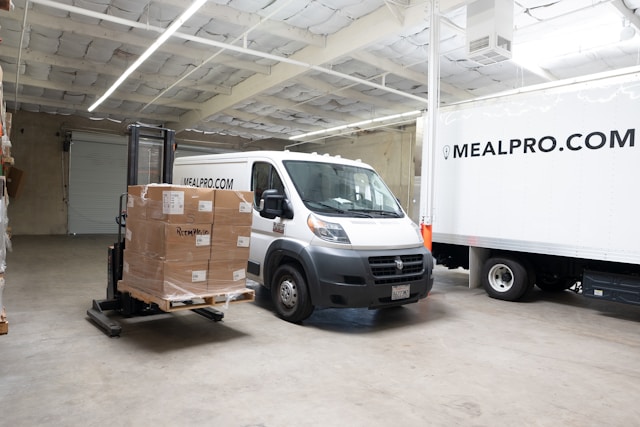
What Will You Learn?
- Analyze current state value streams to pinpoint bottlenecks and opportunities for improvement
- Develop strategies for route optimization and load consolidation to minimize transportation costs
- Implement 5S methodology to create a more organized, efficient, and visually clear working environment
- Utilize key performance indicators (KPIs) to track and measure the effectiveness of lean logistics practices
- Integrate lean principles with sustainability goals to achieve environmental responsibility in the supply chain
Course Curriculum
Lean Principles and Waste Elimination
Value Stream Mapping and Warehousing Optimization
Lean Transportation and Route Optimization
Lean and Sustainable Supply Chain Integration
Continuous Improvement and Application
Student Ratings & Reviews

No Review Yet

No Data Available in this Section


